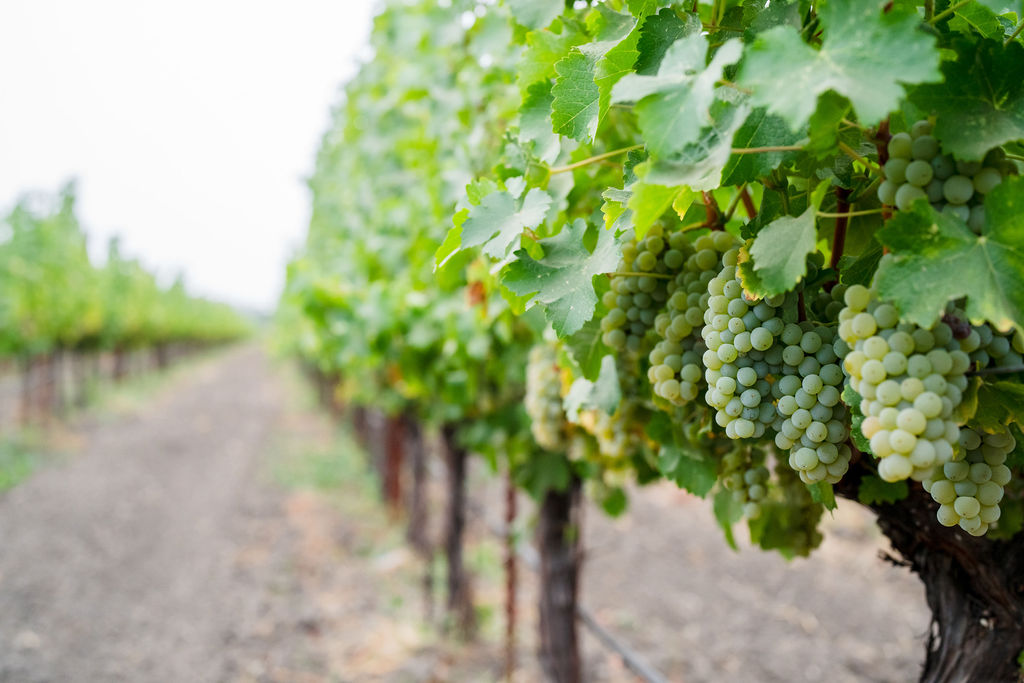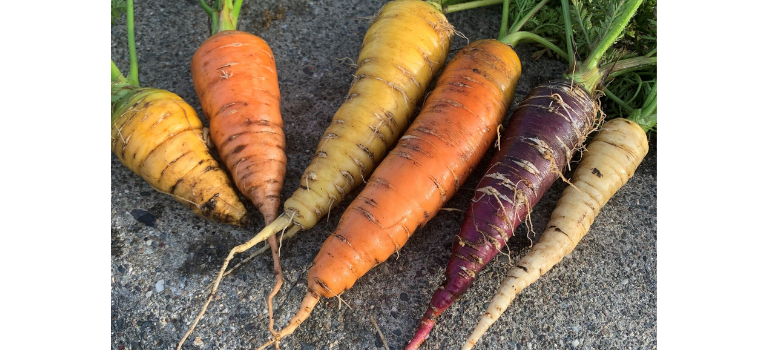The Right Fertilizer
If needed, you can add fertilizer when the carrot tops reach about 4” in height and then again when they reach about 8” in height. When it comes to fertilizer, it is important not to use one that is heavier in nitrogen, as this will promote heavy top growth rather than root growth. This is important for any root vegetable, so select a fertilizer that is higher in both phosphorous and potassium. Look for 5-15-15 or 0-10-10 on the label (N-P-K).
After about a couple of months (give or take a couple of weeks depending on the variety), your carrots should be ready for harvest! This is the most exciting part since you finally get to see (and soon taste!) the beautiful carrots that have been hidden in your soil. One way to check for readiness is to look at the diameter of the shoulders since it is a good indicator of size. Give your carrots a gentle tug and they should lift right out of the soil. Remember that your carrots won’t all be perfectly straight like what you see in the grocery store. Some will be straight, and others can be twisted, intertwined, or take on some other funny shapes. Regardless, they will be crisp, juicy, and taste great!
Once you have harvested your carrots, be sure to brush off as much dirt as possible, remove the tops (just give them a twist), and store them in the refrigerator. It is better to wash them when you are going to eat them because washing will reduce their shelf life. If you leave the tops on, they will pull moisture from the root and cause your carrots to dry out.
We grow over 10 varieties of carrot in our Culinary Garden in Rutherford. Here are a few of our favorites to seek out:
Redsun: A cylindrical carrot with red skin and core that reaches 7-8” in length.
Deep Purple: A sweet carrot that is purple with a white core and tapers at the end.
White Satin: A white carrot that is cylindrical in shape, very crisp, and juicy in flavor.
Romance: A deep orange carrot with superb flavor and uniformity.
Gold Nugget: A very flavorful and uniform carrot with golden yellow color.
Atlas: A small, round orange carrot full of flavor that only reaches 1-2” in diameter.








